What is the glass powder technique or vitrification of powders?The glass powder technique allows the use of vitrifiable colored powders to decorate the glass in the mass or on the surface. The work consists of placing them on the marble and rolling the parison in order to amalgamate them with the hot glass.It was only in 1994 that the Bégou found their definitive mode of creation. They then specialized in the use of glass powders that Marisa tamed to invent sumptuous compositions.Made in the secrecy of their connivance, their works combine the perfect mastery of the material and the sensitivity of a creative imagination where nature is secretly reflected. Marisa is the decorator, Alain the creator of the form and each of their pieces exalts this subtle marriage. To the rhythm of this perfectly measured four hands, the creation of one work calls for another. Their pieces are exclusively made according to the rules of blown glass and it is through this restrictive technique, too often excluded from the field of creation, that Alain and Marisa Bégou imagined a free and personal expression.
This technique was highlighted, between 1900 and 1914, by the Daum brothers. They developed a process called “vitrification of powders”, which aims to create a surface layer of color in which patterns will then be released by acid and/or wheel engraving, and which makes it possible to avoid resorting to the more difficult technique of multi-layer glass. At the Schneider brothers, in the typical production of the 1920s, powders are used in the mass to create a "cloudy" decoration with "floated" colors, as if laid in flakes by the touch of an impressionist painter.
Marisa and Alain Begou use this technique in a pictorial way to create real paintings, meticulously developed by Marisa beforehand on the marble, before being hot-glued onto the parison rolled by Alain with all the required dexterity.



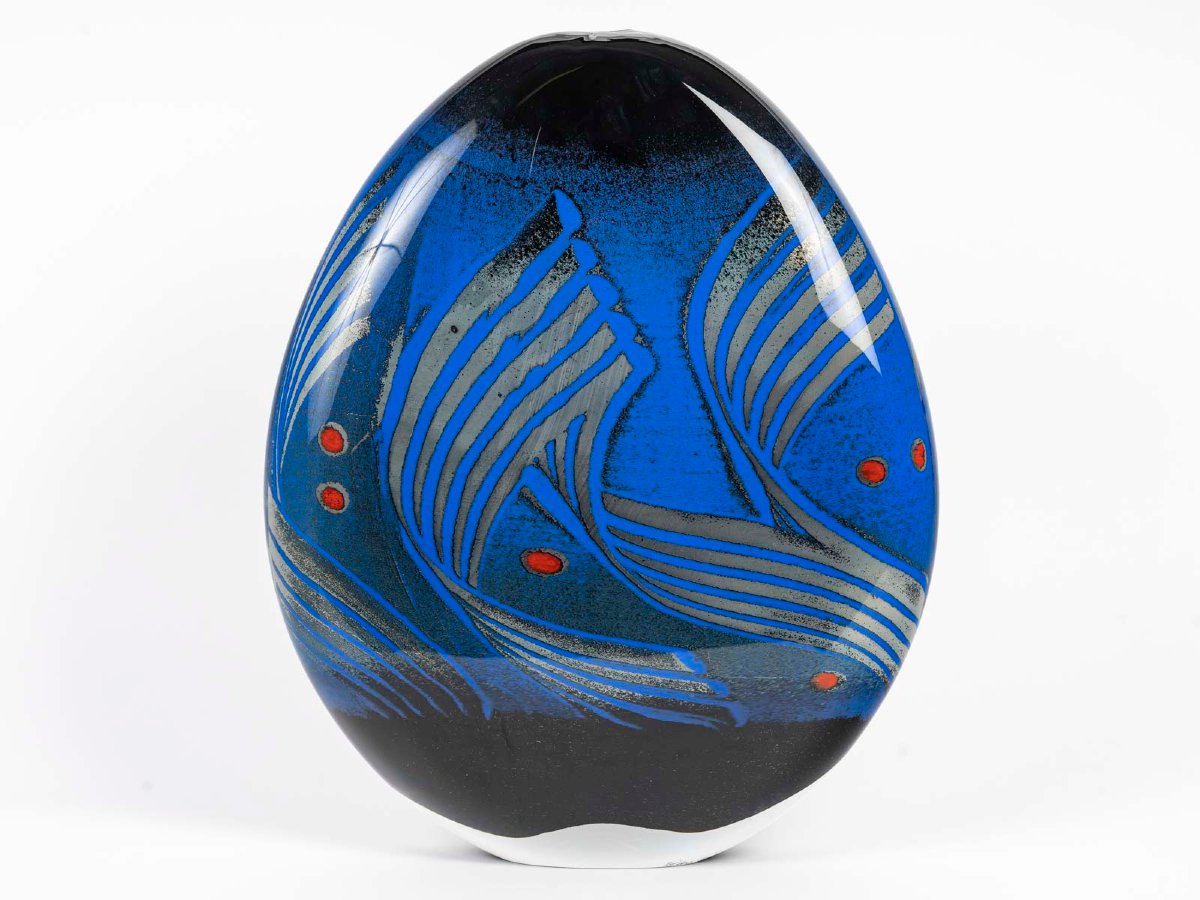
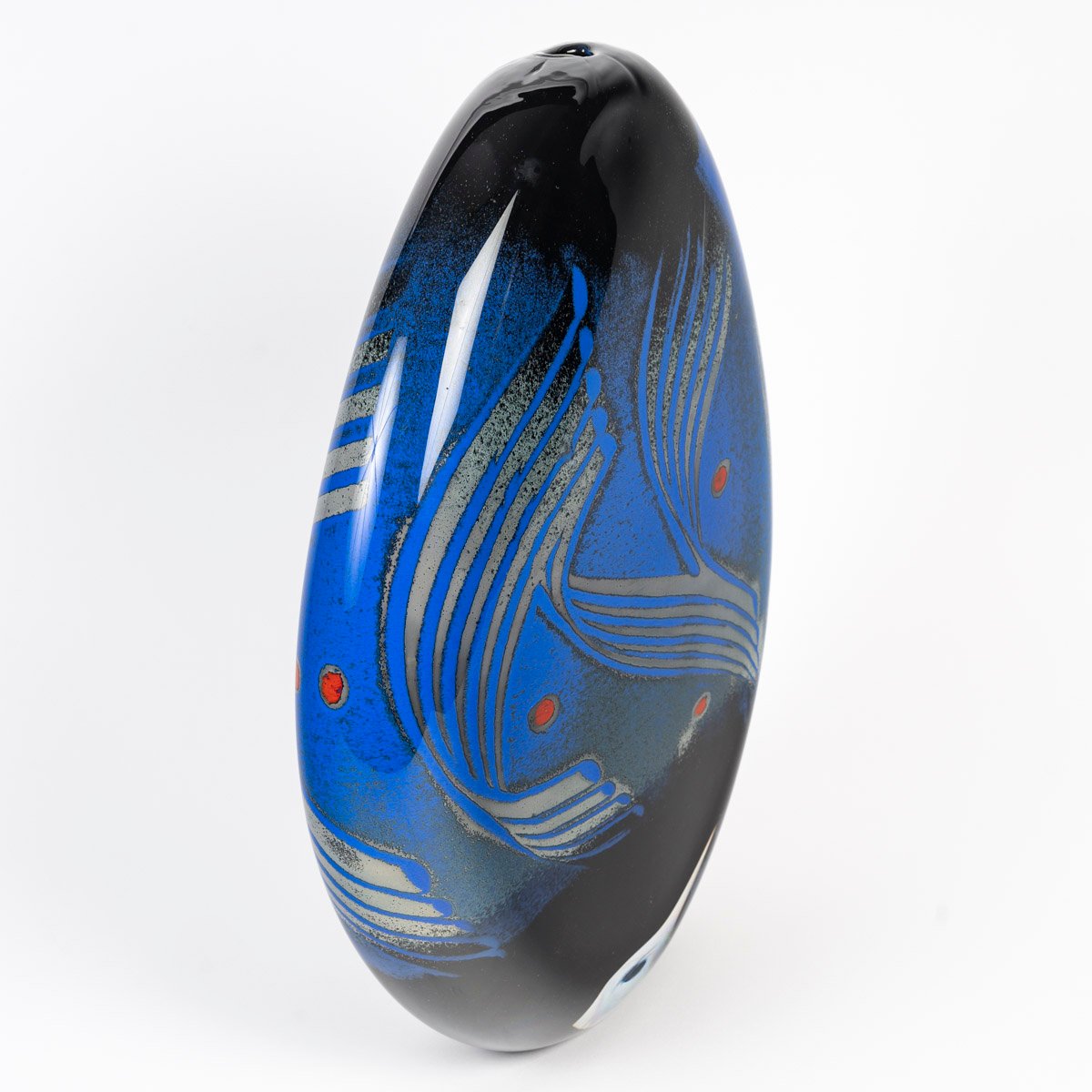
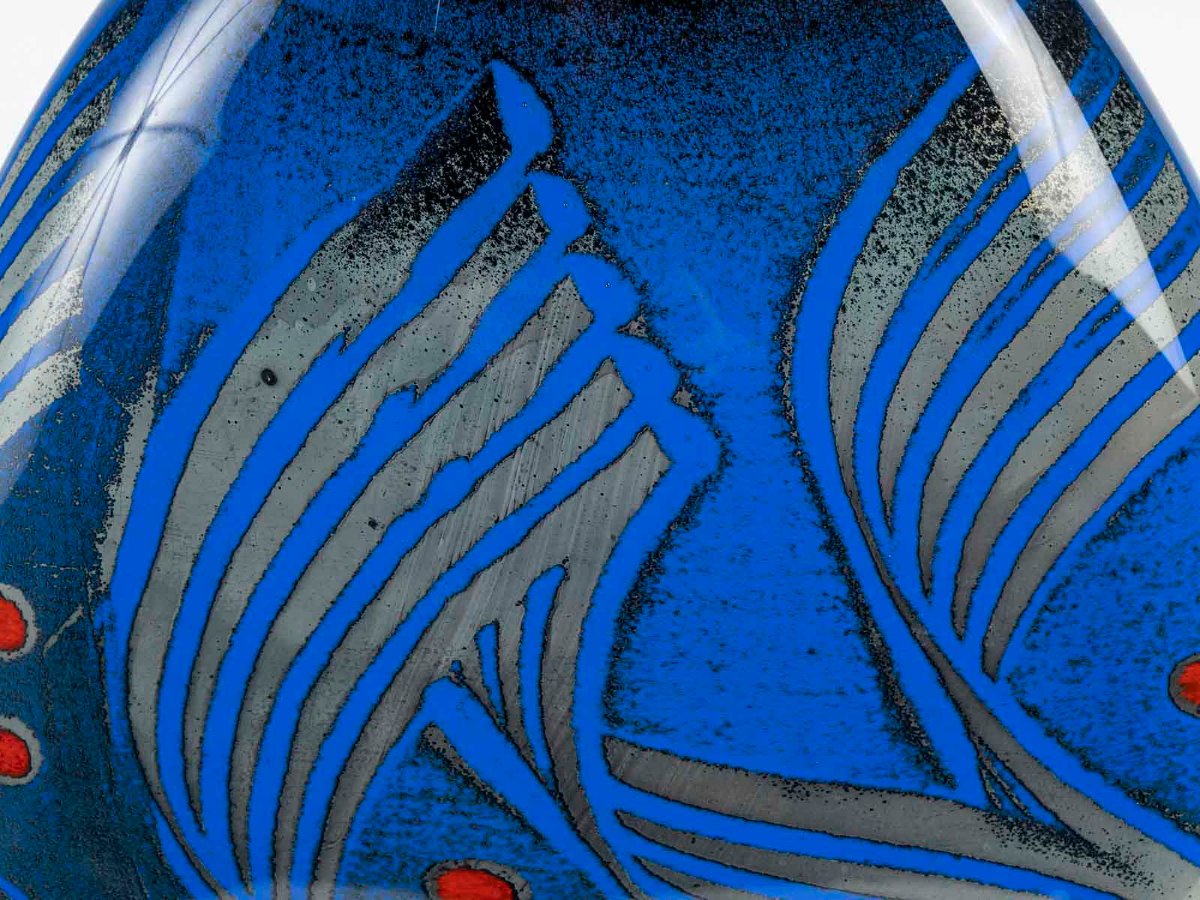

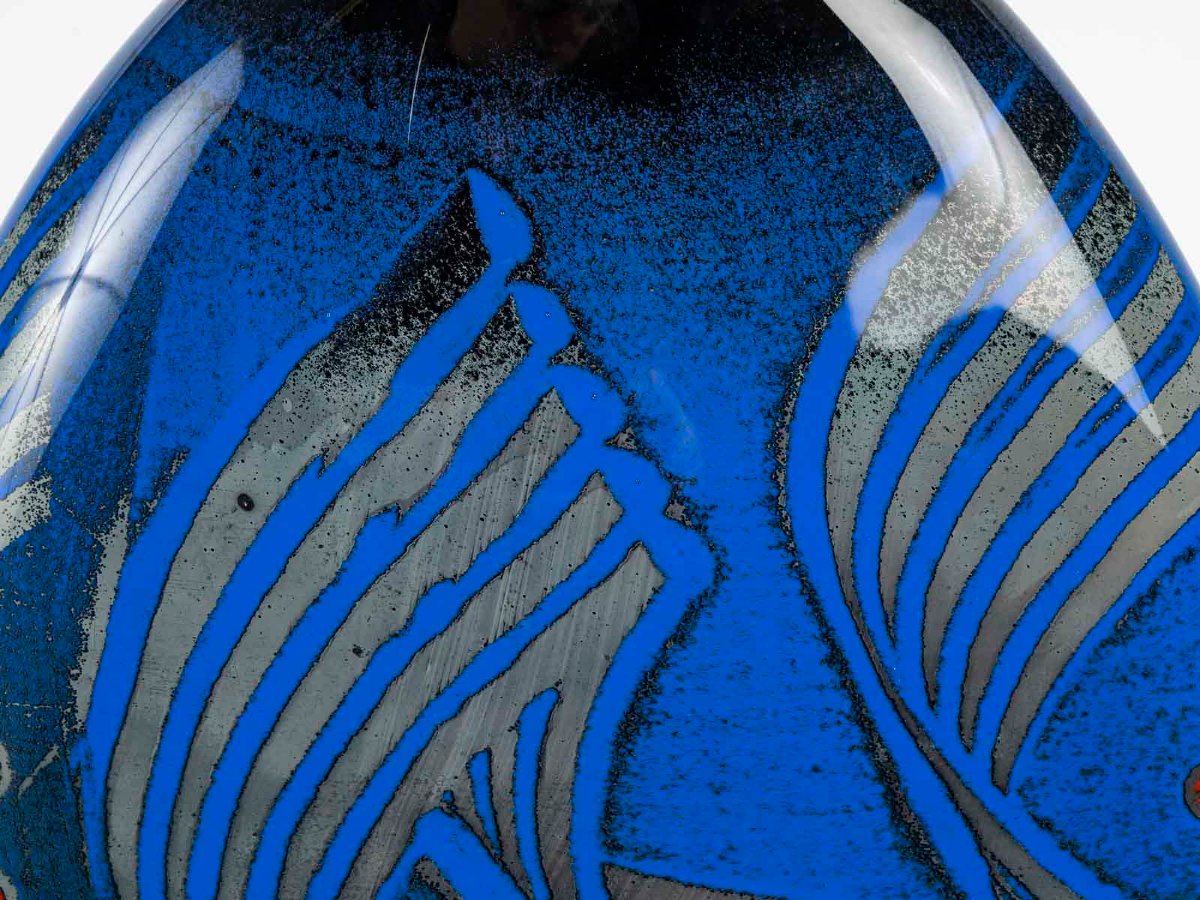











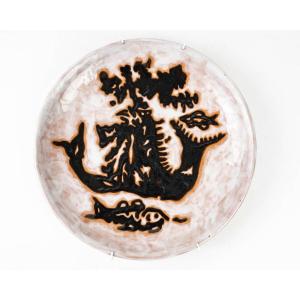
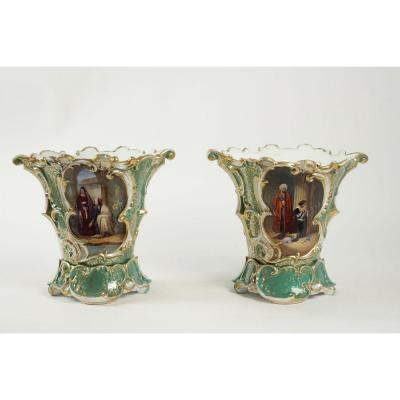

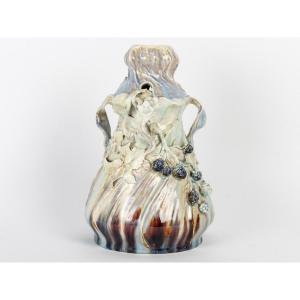
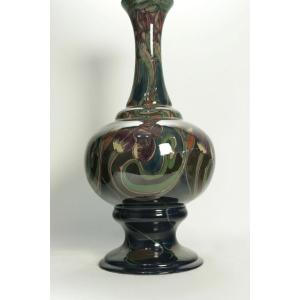
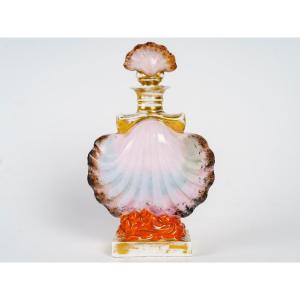
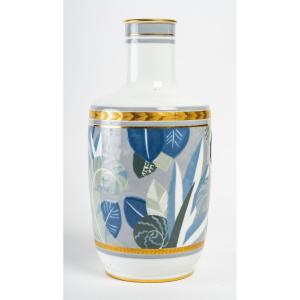
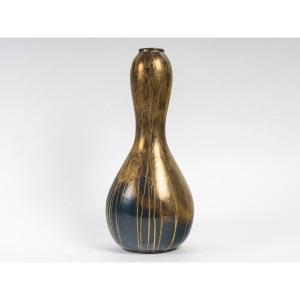
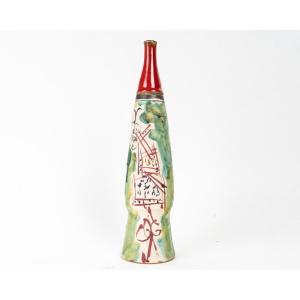

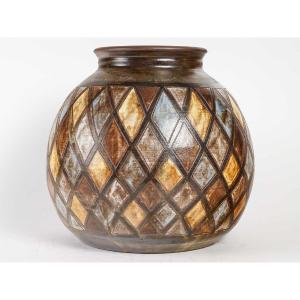


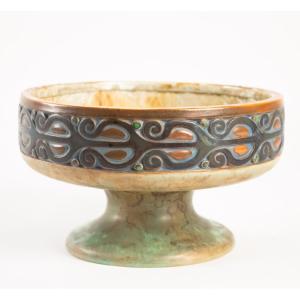
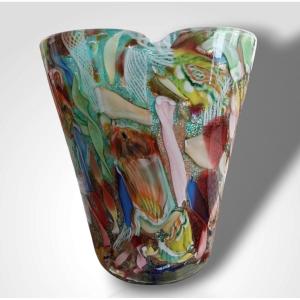
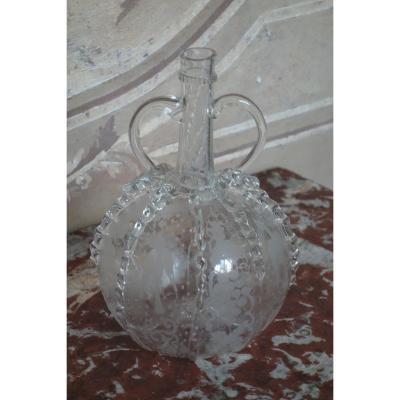
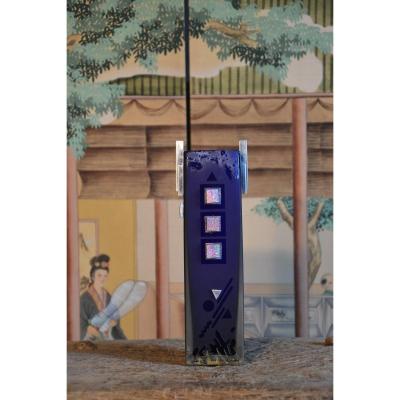





 Le Magazine de PROANTIC
Le Magazine de PROANTIC TRÉSORS Magazine
TRÉSORS Magazine Rivista Artiquariato
Rivista Artiquariato